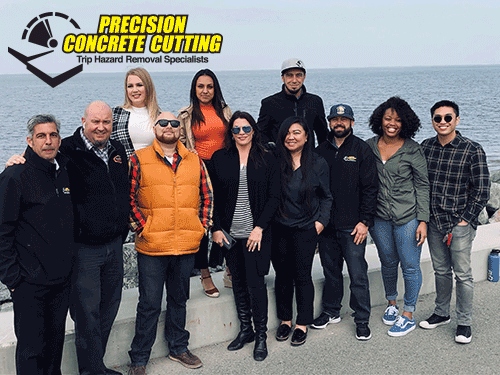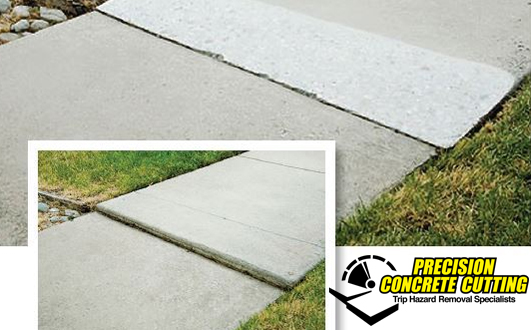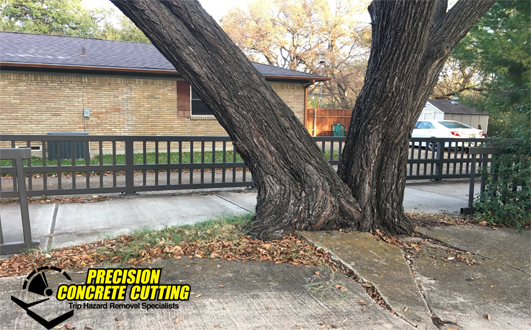Compliance with the ADA by PCC
Compliance with the ADA is no laughing matter. It means avoiding serious injuries and providing a safe place for pedestrians to traverse regardless of disability. PCC is capable of providing a way of bringing your property back into compliance with the ADA without costly replacements. Injuries can and should be avoided that would be due to improper following or lack of following ADA guidelines. We all deserve to be able to get from point A to point B without worrying about injuries such as fractures, broken bones, scrapes, cuts, bruises, or the like. These Regulations also help property owners and managers reduce liability claims should such an injury occur
These rules exist to protect us all and save property owners headaches in the long run. The Americans with Disabilities act was set in the 1990s, as awareness of the plight of the disabled became more common. While these laws protect all pedestrians they were created specifically with those who have locomotive impairments in mind, hence the name “Americans with Disabilities Act”. Maintaining pedestrian pathways that meet these standards means keeping compliance with the ADA
When you’re sidewalk or walkway, is damaged in such a way that there is a significant gap between the height of one portion of the sidewalk or another, this creates what the ADA refers to as a ‘ Trip Hazard’. A trip hazard is dangerous and can result in serious personal injury. It is the responsibility of the owners and property managers to inspect the location for such hazards. Below, you’ll find a list of important c
- Total sidewalk Width:
In order to properly accommodate mobility equipment such as wheelchairs, a sidewalk has to be a minimum width of 3 feet – or 36 inches. It can be larger, and in fact, if it is less than 5 feet – or 60 inches- wide it will require additional passing spaces at least every 200 feet to allow pedestrians to safely move around each other.
Sidewalk width requirements are especially important for wheelchair-bound individuals. For ADA compliance, the minimum sidewalk width is 36 inches (3 feet), though sidewalks can be wider. - Pro Friction Texture:
Sidewalk texture needs to be pro-friction and slip-resistant. There can be no cracks or uneven areas, which leads us to the next item. - Lack of Trip Hazards
A sidewalk or walkway cannot have a sudden height differential of 1/4″ or more. Over time, the land underneath the sidewalks becomes uneven as well as other factors like damages, erosion, weather, etc. If this height difference exists, it has to be taken care of with a repair before an issue occurs resulting in injury and liability on part of the property owner. - Properly angled Slope:
A sidewalk Cannot Have a slope ratio of greater than 1:20 at any point or it is considered a ramp- which has its own set of rules.
Precision Concrete Cutting offers a far better, and less expensive way than a replacement to fix your sidewalk and walkways bringing them into ADA compliance. Call today to learn how we can cut, shave and smooth out any uneven portion so that they fall into Sidewalk Compliance from the ADA.
Trip Hazard Repair
Related Articles












